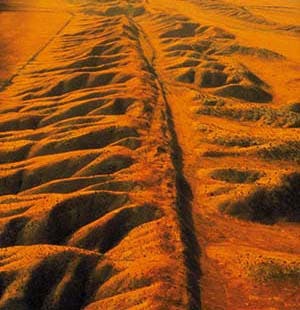The major fault in Sierra Nevada is believed to have been “quiet” for more than 3 million years has shown signs of becoming active and it is believed that it can trigger quakes that can reach magnitudes of up to 7. This comes as a rather unpleasant surprise to geologists, as well as the people living in the area.
“It came as a surprise to see that a long-inactive fault can produce significant quakes,” said geologist Elisabeth Nadin of Caltech.
A fault is a fracture in a volume of rock, varying in size from a few centimeters to many kilometers. The thing is that these faults do not occur as single clean fractures; a big one generates numerous others, which is why the whole area is called a fault area. The mechanism through which they generate earthquakes is rather simple, but the effects are pretty devastating.
This particular fault emerged some 86 million years ago, according to evidence found by geologists in nearby rocks. Nadin, who just received her doctorate from Caltech reported finding a series of “fault scarps” – small jagged cliffs 6 feet or more high – that show little signs of erosion, which means of course that they were uplifted recently. She also found numerous rounded boulders that are estimated to come from the icy period that took place 12000 years ago. Although this is pretty much the same process from the San Andreas fault, it’s about 100 times slower, so while there is a need for caution and prevention, there is absolutely no reason to panic.
Source










